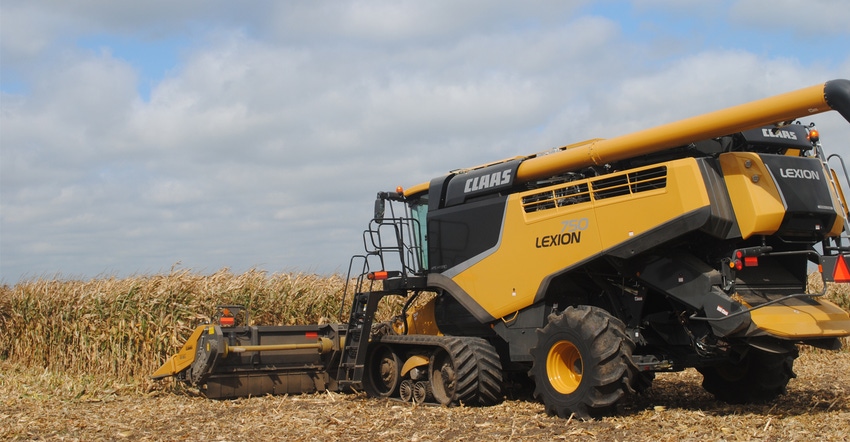July 27, 2021

The agricultural outlook in 2021 certainly looks better than it did at this same time in 2020. While COVID-19 health concerns and economic impacts linger, ag markets have not only recovered from the shocks of 2020, but have mostly moved substantially higher.
Yet even under improved market conditions, producers can readily see risk and volatility in the marketplace, as well as numerous risks beyond the market.
Producers have always needed to pay attention to and manage risk to be successful. In today’s operating environment, producers face a broad range of risks from production and market risks to financial, legal and human risks.
Weather concerns
Over the past several years, farmers and ranchers have faced numerous production risks, including droughts, floods, storms and more. Drought conditions in parts of Nebraska and even more intense drought conditions in neighboring states and across the West have severely hampered production potential and have forced many management decisions, including marketing livestock because of grazing losses.
In the marketplace, producers may see mostly higher prices at present, but they also see increased volatility. That creates more uncertainty and also stresses risk management plans. Hedging strategies that could lock in attractive prices have to be able to shoulder potentially higher cash-flow needs for margin accounts, as well as the pitfalls of human behavior that want to second-guess market decisions.
Livestock producers face not only market risk, but also the challenges of livestock markets working through supply chain shocks and continued concerns about market performance.
Increased market risk and volatility have also meant that cash flow and profitability have been more unpredictable, contributing to greater financial risks. Increased commodity prices can lead to increased production costs and land values, meaning increased profit margins may not last long, putting pressure on finances quickly, even if on a higher tightrope.
Current inflation concerns and projected government spending increases also suggest upward pressure on interest rates over time, putting potential stress on future borrowing costs and asset values.
Legal risk
In the legal arena, the greatest risk seems to be that policy is often meant to be a tool to manage risks, but policy risk itself is a source of real uncertainty. Shifts in political control of the White House and Congress back and forth over the past few elections also have led to shifting policy priorities and regulatory proposals.
Climate and carbon policy is high on the radar after last being discussed in depth in Washington, D.C., a decade ago. Regulatory approaches to address water quality, market competition and immigration — among other issues — have shifted back and forth with changes in the White House, as have policy directions for trade, taxes and other issues.
Human risks often can be the hardest to quantify, but can lie at the heart of the operation. Health issues and stress through the pandemic have been direct challenges for farmers and ranchers and their families.
Operations with employees face the additional challenges of a tight labor supply, increased labor costs and personnel management needs that may have permanently changed over the past year.
Help is on the way
Helping producers prepare for, adapt to and overcome these challenges is part of the broad educational mission of the Extension Risk Management Education program. The University of Nebraska-Lincoln hosts the North Central ERME Center, one of five risk management education centers around the country that is competitively funded through USDA’s National Institute of Food and Agriculture.
The center has the responsibility of supporting producer education efforts across the region (from Kansas to North Dakota to Michigan and Ohio and back) to help producers achieve real risk management results and improve farm profitability and business success.
The fundamental purpose of the ERME program nationally is to support local programs that reach producers with the education they need and demand. Those programs, in turn, help producers gain the knowledge and skills to understand and analyze risks facing their operations and to develop and implement the practices to address them.
The North Central ERME Center has been awarded funds from USDA since 2001 to deliver this support in the region and will be announcing its next round of funding opportunities in September for educators and groups looking to deliver education to producers in the coming year.
For those interested in delivering education, for producers interested in educational projects, and for those interested in the results of 444 funded projects to date, visit ncerme.org and the national program website at extensionrme.org.
Lubben is the Extension policy specialist at the University of Nebraska-Lincoln.
About the Author(s)
You May Also Like






